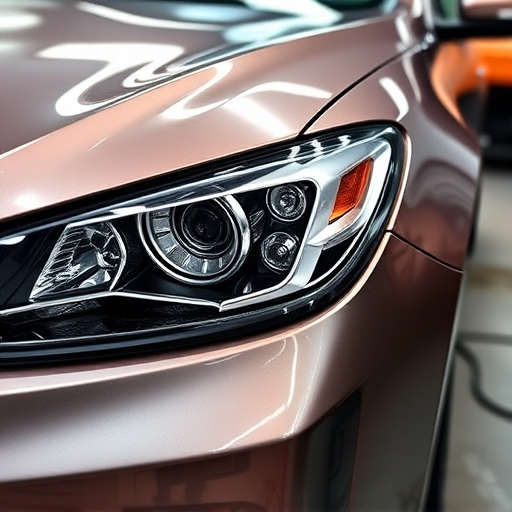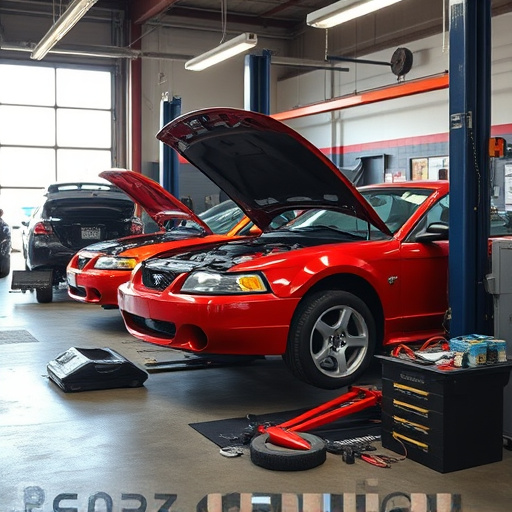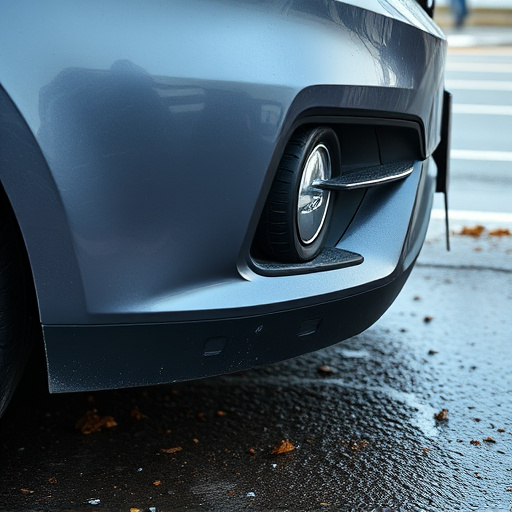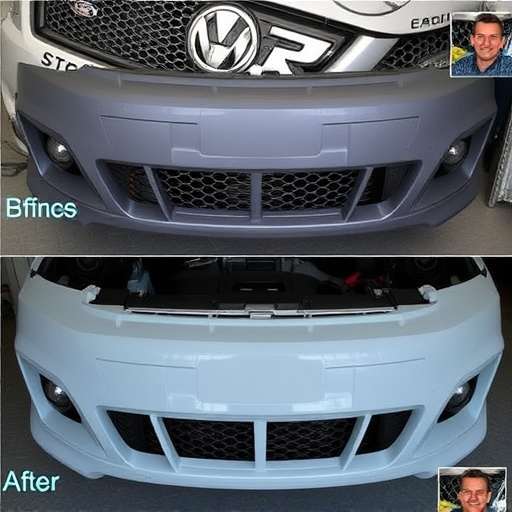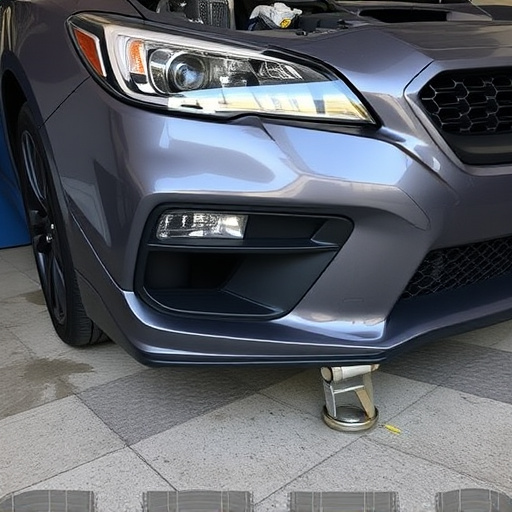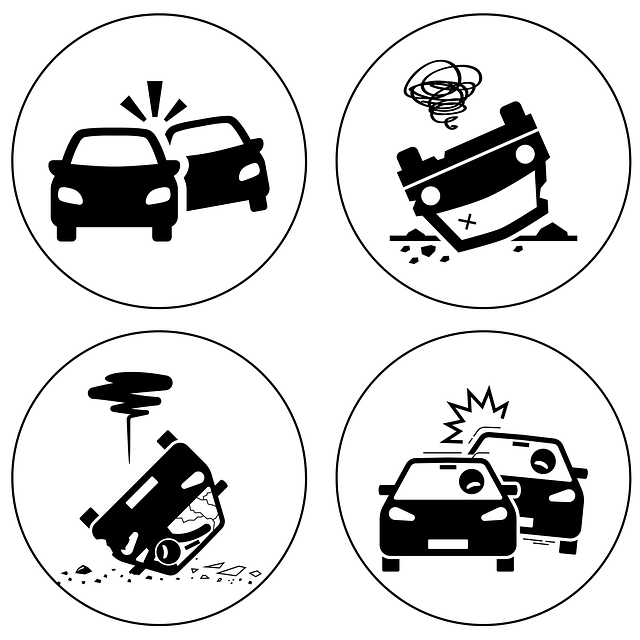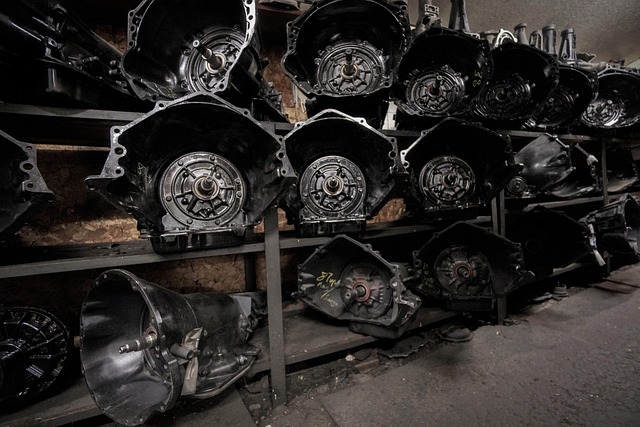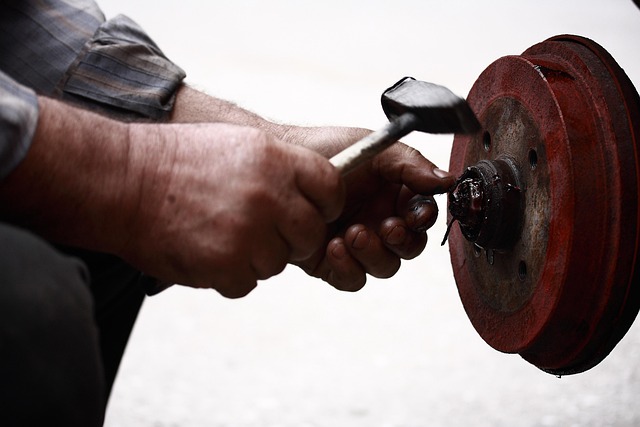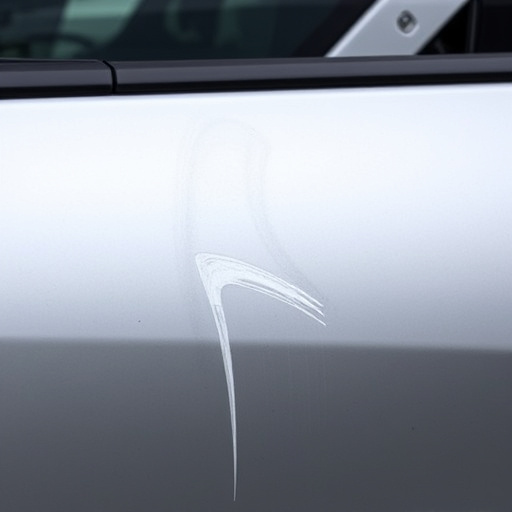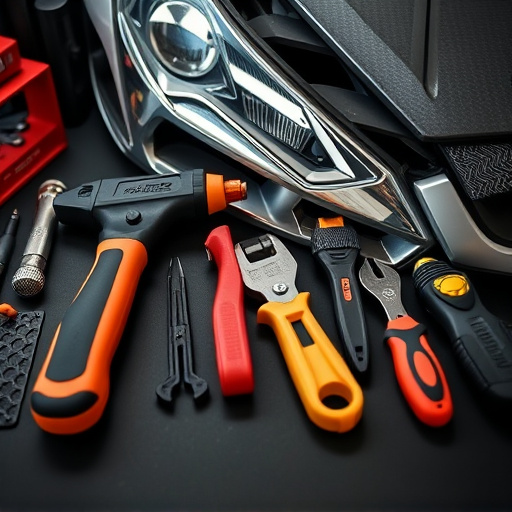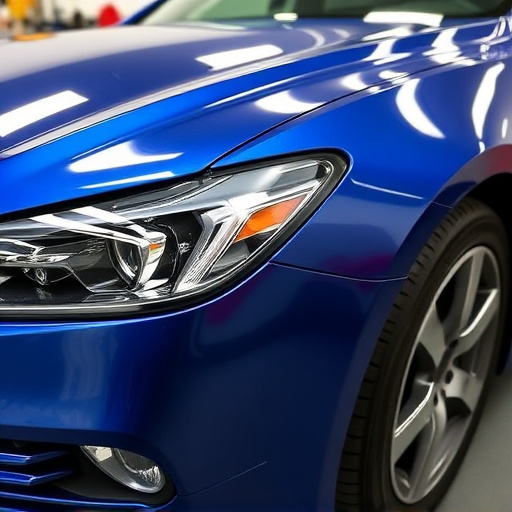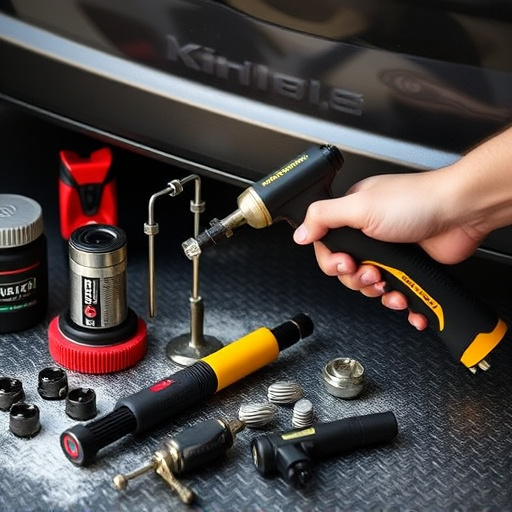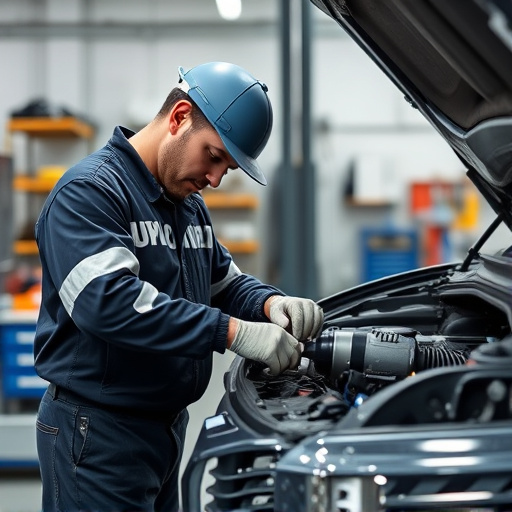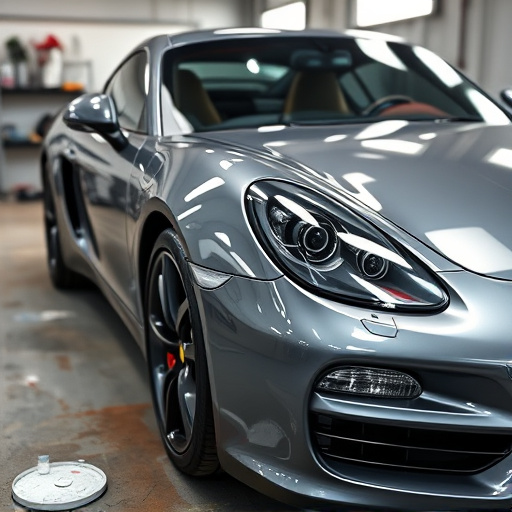Dust management is critical in collision paint services to achieve flawless results. Best practices include using HEPA filters, local exhaust ventilation, regular cleaning with microfiber cloths and compressed air cans, and advanced technology like vacuum systems, enclosed painting booths, CAD software, and robotic painting systems to minimize dust generation and capture particles at source, ensuring consistent quality and pristine finishes in car paint services.
In the realm of automotive repair, a dust-free collision paint service is paramount for achieving high-quality finishes. This article delves into the critical aspects of ensuring pristine results, exploring the challenges posed by dust during the collision paint process and how forward-thinking shops overcome these hurdles. From understanding the impact of dust to implementing best practices and leveraging advanced technology, we uncover the secrets to delivering top-notch, dust-free collision paint services.
- Understanding Dust in Collision Paint Services
- Best Practices for Effective Dust Control
- Advanced Technology in Dust-Free Painting
Understanding Dust in Collision Paint Services
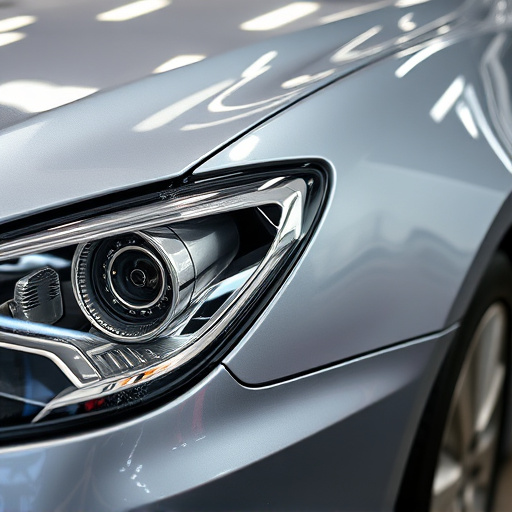
Dust is an inevitable by-product of collision paint services, but understanding its impact is key to achieving flawless results. During the paint process, various materials, from paint pigments to abrasive particles, become suspended in the air, creating a cloud of fine particles. If not properly controlled, this dust can settle on freshly painted surfaces, leading to unsightly marks and compromising the quality of the final product.
Hail damage repair, dent repair, and auto body repairs often require meticulous attention to detail, making dust management crucial. Even microscopic dust particles can affect the adhesion of paint, resulting in bubbling, peeling, or an uneven finish. Therefore, shops must employ effective strategies to minimize dust generation and capture it at source, ensuring a pristine collision paint service environment.
Best Practices for Effective Dust Control
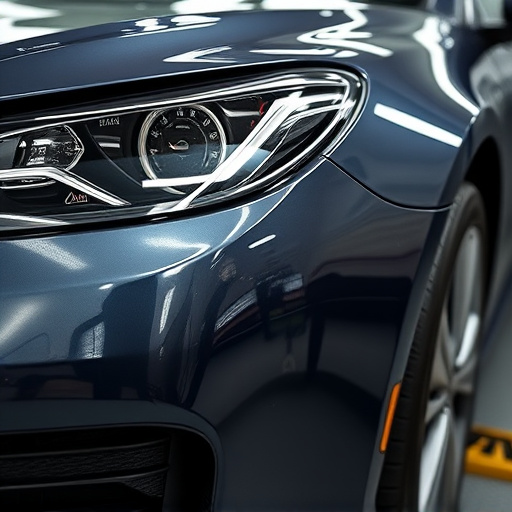
Maintaining a dust-free environment is paramount for achieving flawless results in collision paint services, ensuring that every detail is captured and no visible imperfections remain. Best practices for effective dust control involve implementing strategic measures to minimize and manage airborne particles throughout the repair process.
One key strategy is utilizing high-efficiency particulate air (HEPA) filters in ventilation systems. These advanced filters trap even the smallest particles, preventing them from recirculating in the workspace. Additionally, employing local exhaust ventilation at workstations, such as fender repair or bumper repair areas, helps contain and extract dust at its source. Regular cleaning of equipment, surfaces, and tools is another critical step to prevent dust buildup. Using microfiber cloths and compressed air caners for detailed cleaning ensures a pristine work environment, promoting consistent quality in car paint services.
Advanced Technology in Dust-Free Painting
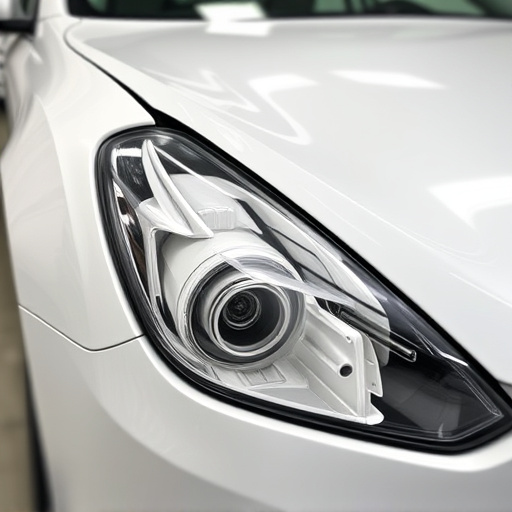
In the realm of collision paint service, advanced technology plays a pivotal role in achieving dust-free results. Modern shops employ sophisticated vacuum systems and enclosed painting booths to contain and capture fine particles generated during the repair process. These innovative solutions ensure that not only is the finished product free from dust, but it also maintains a consistent and high-quality appearance.
Additionally, the integration of computer-aided design (CAD) software and robotic painting systems further enhances precision and efficiency. By accurately mapping and matching vehicle colors, these technologies minimize human error and ensure that every stroke of paint is applied with meticulous care. This level of sophistication in collision repair services not only guarantees exceptional visual outcomes but also promotes faster turnaround times, catering to the bustling needs of modern car owners.
In ensuring a top-quality collision paint service, maintaining a dust-free environment is paramount. By understanding the impact of dust and implementing best practices, along with advanced technology, shops can deliver exceptional results. These measures not only enhance the aesthetics of the finished product but also guarantee a safer working condition for staff and customers alike.
